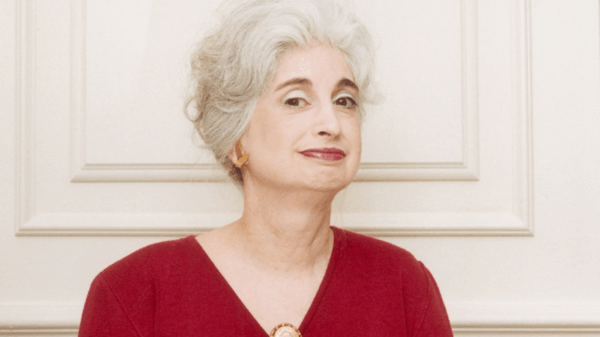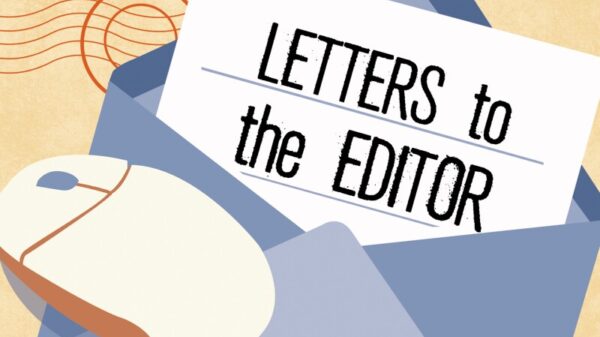A recent survey has found that nearly four in ten adults are in relationships with partners who do not fit their ideal type “on paper.” Conducted by OnePoll on behalf of Tim Tam, the poll surveyed 2,000 adults in committed relationships, revealing that many couples embrace differences while still finding happiness together.
According to the findings, a significant 57 percent of participants believe in the saying that “opposites attract.” The survey highlighted various areas where partners often differ, including personal preferences regarding temperature, financial habits, and lifestyle choices. For instance, many couples experience contrasting preferences when it comes to being cold versus hot, with one partner typically feeling chilly and the other warm.
The study also indicated that differences in spending habits are common, as one partner may prefer saving money while the other enjoys spending. Other aspects where couples often diverge include taste in food—sweet versus savoury—and social preferences, such as a preference for lively nights out versus quiet evenings at home.
The results show that 92 percent of respondents recognize at least one significant personality trait in their partner that is the opposite of their own. Notably, 7 percent reported having ten or more differences.
A spokesperson for Tim Tam commented on the findings, stating, “It’s official, opposites do attract – whether that’s in relationships or with food.” They added that the results illustrate how many couples feel they are not completely in sync, highlighting the importance of compromise. “Compromise is often the name of the game, whether that’s in what activities you do or what you eat.”
Common Areas of Divergence
The survey identified various traits where partners frequently differ. Among these, 12 percent of respondents noted that one partner is a Christmas enthusiast while the other embodies the ‘Grinch’ spirit. Additionally, 24 percent of couples reported that one partner rises with the sun, while the other takes longer to get out of bed.
Interestingly, 28 percent of couples consider themselves “alike in all the right ways,” while 66 percent with differing opinions stated that these differences “keep things interesting.” The survey revealed that 64 percent of those in relationships with opposites were surprised to find themselves with such partners.
The most common areas of divergence included social life (35 percent), tidiness (32 percent), and communication styles (32 percent). Political alignment also emerged as a notable difference, with only 21 percent of respondents feeling completely aligned with their partner on political issues. Food preferences were a particularly contentious area, with 28 percent of couples often disagreeing on meal choices.
The survey further revealed that such disagreements can lead to practical challenges, with 16 percent of respondents frequently arguing over what takeaway to order or what to have for dinner. A substantial 30 percent reported dining on different meals due to conflicting preferences, and 26 percent admitted to ordering from separate takeaway restaurants.
The Tim Tam spokesperson emphasized the potential benefits of being in a relationship with someone who has a different perspective. “Being with someone who sees the world differently can bring fresh perspectives into a relationship,” they stated. “These contrasts can help strike a balance and create a dynamic that works uniquely for them.”
The survey illustrates the complexity of romantic relationships and how differences can be both a challenge and an opportunity for growth. As couples navigate their varying preferences and traits, they often find ways to compromise, fostering deeper connections and understanding.
As Tim Tam prepares to launch its limited-edition Sweet & Salty biscuit exclusively in Tesco, the findings underscore the idea that both relationships and food can benefit from a blend of contrasting elements.


































































